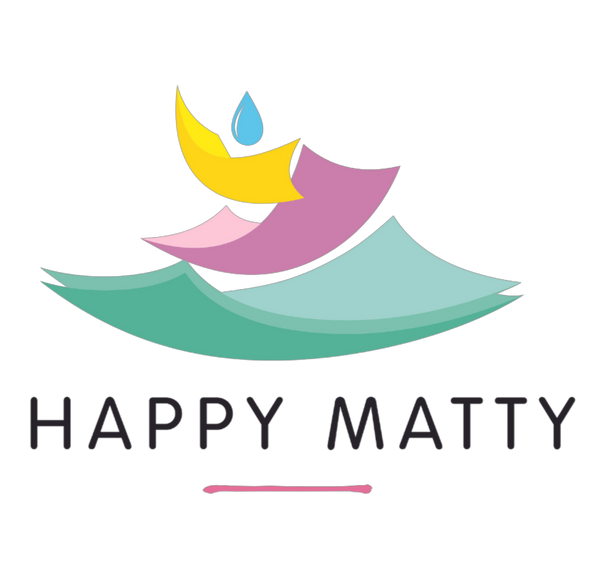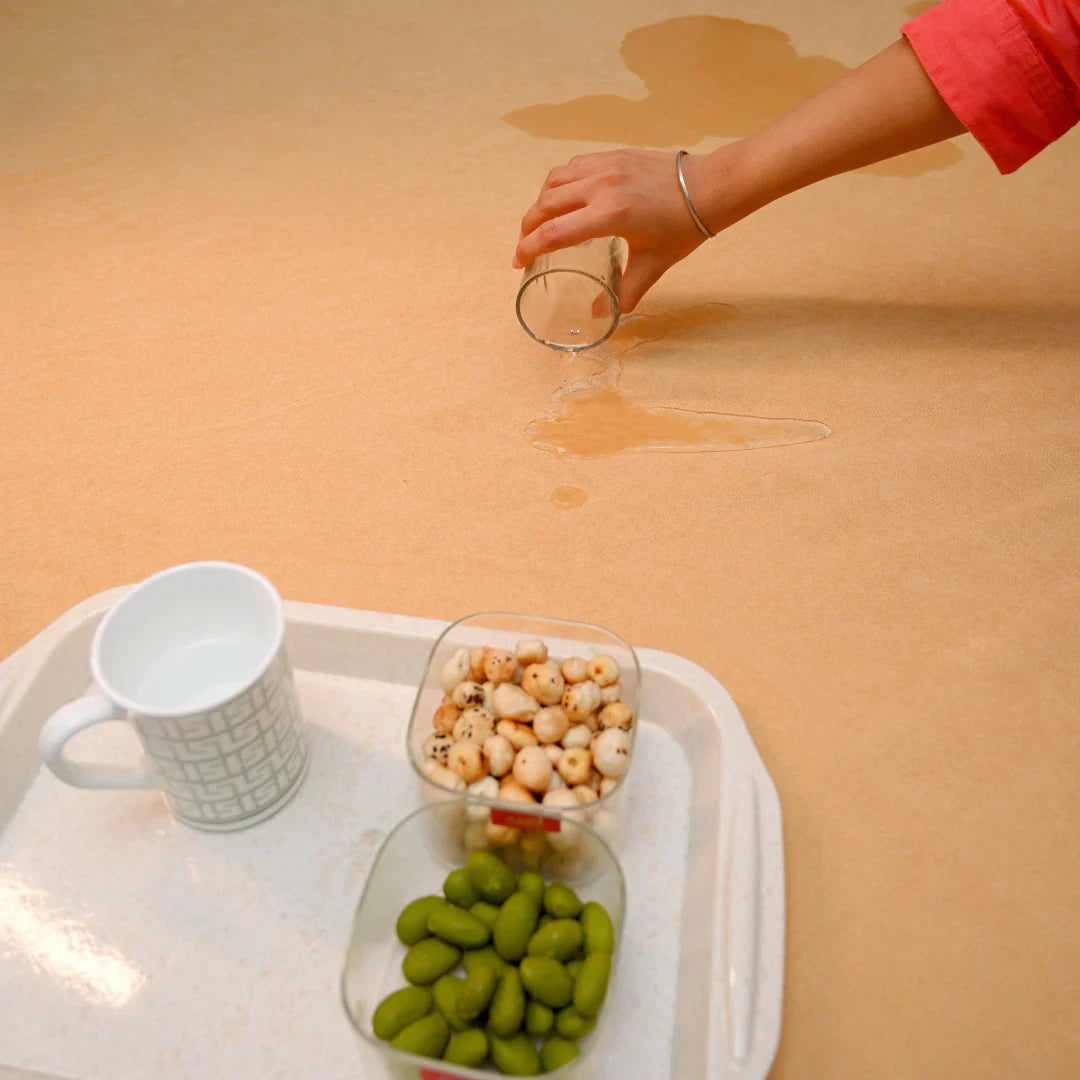Sleep is sacred—especially for parents who juggle diaper changes, meal prep, and the never-ending task of keeping their little one comfortable. But what if the very mattress your baby sleeps on is triggering sniffles, itchy skin, or restless nights? That’s where a hypoallergenic mattress protector becomes a must-have. It’s not just about shielding the mattress from spills or accidents; it's about creating a safer, cleaner sleep space that keeps allergens at bay.
But not all mattress protectors are created equal. Some materials excel at blocking allergens, while others enhance breathability or add a luxurious softness that cradles your baby in comfort. So, let’s dive into the best fabrics to look for when choosing a hypoallergenic mattress protector—because every parent deserves peace of mind when it comes to their child's sleep.
Organic Cotton: Nature’s Gentle Touch
There’s something reassuring about organic cotton—it’s soft, breathable, and completely free from synthetic chemicals that could irritate sensitive skin. Unlike conventional cotton, which often undergoes harsh chemical treatments, organic cotton is grown without pesticides or fertilizers that might leave behind toxic residues.
For babies with eczema or sensitive skin, an organic cotton mattress protector can be a game-changer. It allows air to circulate freely, preventing the build-up of heat and moisture that could lead to discomfort. Plus, it’s naturally hypoallergenic, making it an excellent choice for parents who want to eliminate potential allergens from their baby’s sleeping environment.
The real beauty of organic cotton is its durability. Even after multiple washes, it maintains its softness and protective qualities, ensuring that your little
one sleeps soundly night after night.

Bamboo: A Breath of Fresh Air
Bamboo fabric has been making waves in the bedding industry, and for good reason. It’s ultra-soft, incredibly breathable, and possesses natural antibacterial properties that help keep dust mites and allergens in check. If your baby tends to overheat at night or you live in a warmer climate, a bamboo mattress protector can help regulate temperature, preventing sweaty discomfort.
What makes bamboo stand out is its moisture-wicking ability. It naturally pulls away excess moisture, reducing the risk of mold or mildew forming on your baby’s mattress. This makes it a fantastic choice for parents looking for a cleaner, healthier sleeping space.
Another plus? Bamboo is one of the most sustainable materials available. It grows rapidly without the need for pesticides, making it an eco-friendly option for conscious parents who want to reduce their carbon footprint while providing the best for their child.
Tencel: The Skin-Friendly Wonder
Tencel, derived from eucalyptus trees, is another powerhouse material when it comes to hypoallergenic mattress protectors. Known for its silky-smooth texture, Tencel feels luxuriously soft against the skin, making it ideal for babies who are prone to irritation.
But Tencel’s benefits go beyond just softness. It’s naturally resistant to bacteria and dust mites, which means fewer allergens lurking in your baby’s crib. Its exceptional moisture-wicking properties also help maintain a dry and comfortable sleeping surface, reducing the chances of rashes or heat-related discomfort.
One of the reasons parents love Tencel is its sustainability. The production process involves a closed-loop system that recycles water and solvents, making it one of the most environmentally friendly fabrics available. So, not only is it good for your baby, but it’s also a win for the planet.
Wool: The Unsung Hero of Hypoallergenic Protection
Wool might not be the first material that comes to mind when you think of hypoallergenic bedding, but it’s surprisingly effective. Naturally resistant to dust mites, mold, and mildew, wool provides an extra layer of protection against allergens that can disrupt your child’s sleep.
What sets wool apart is its temperature-regulating abilities. It helps keep your baby warm in winter and cool in summer, ensuring that their sleep environment is consistently comfortable. And despite its cozy feel, wool has excellent moisture-wicking properties, keeping the mattress dry and free from excess humidity that could encourage allergen growth.
The key to choosing a wool mattress protector is ensuring that it’s made from untreated, chemical-free wool. Look for options that emphasize natural processing methods to keep your baby’s sleeping space as pure and safe as possible.
Polyester with a Waterproof Barrier: Practical Protection Without the Hassle
Sometimes, practicality wins the day. Parents who need a waterproof layer to guard against nighttime accidents, spills, or drool often turn to polyester-based protectors with a TPU (thermoplastic polyurethane) backing. Unlike PVC-based waterproofing, TPU is free from harmful chemicals like phthalates, making it a safer option for babies.
While polyester isn’t as naturally breathable as bamboo or cotton, high-quality versions are often blended with softer fabrics to enhance comfort. The key is to choose a protector with a breathable design so your baby doesn’t feel overheated.
For parents who prioritize ease of cleaning, polyester-backed protectors are a dream. They’re machine washable, quick-drying, and highly durable, making them a practical choice for everyday use.

The Right Fit for Your Baby’s Needs
Every baby is different, and so are their sleep sensitivities. If your little one struggles with allergies or skin irritation, materials like organic cotton, bamboo, or Tencel provide natural hypoallergenic protection without the risk of chemical exposure. For those who need extra temperature regulation, wool can offer a cozy-yet-breathable solution. And for parents who want an easy-to-clean waterproof layer, polyester-based protectors with a safe TPU backing are a lifesaver.
It’s not just about the fabric itself but also about how it’s processed. Always look for certifications like GOTS (Global Organic Textile Standard) or OEKO-TEX, which ensure that the materials are free from harmful substances. This extra step can make all the difference when creating a truly hypoallergenic sleep space for your little one.
Suggested Reading: Why Soft and Breathable Blankets Are Essential for Your Baby’s Sleep
Conclusion: A Safer, Softer Sleep for Your Baby
Choosing the right hypoallergenic mattress protector isn’t just about protecting the mattress—it’s about protecting your child. With so many options available, it’s essential to pick a fabric that aligns with your baby’s specific needs, whether it’s breathability, softness, or allergen resistance.
At Happy Matty, we understand how important it is to create a sleep environment that’s not only safe but also incredibly comfortable. That’s why we offer a range of baby bedding products designed with high-quality, hypoallergenic materials that keep your little one cozy and protected. Visit Happy Matty today to explore our thoughtfully crafted mattress protectors and ensure your baby sleeps soundly—night after night.

